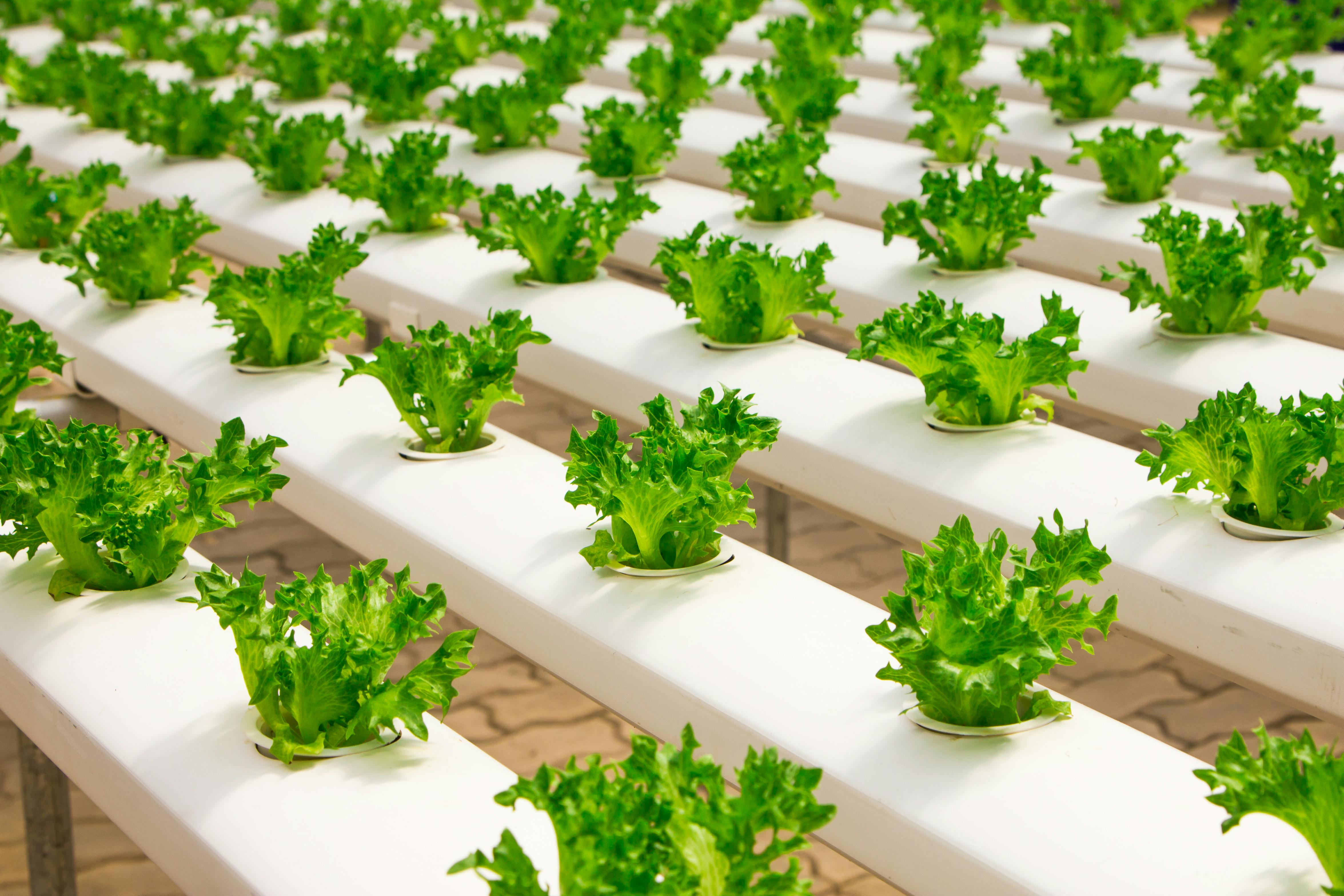Legal Implications of Vertical Farming in Urban Areas
Introduction: As cities grapple with food security and sustainability, vertical farming emerges as a promising solution. However, this innovative approach to agriculture brings forth a complex web of legal considerations that policymakers and urban planners must navigate.

Zoning Challenges for Vertical Farms
The first legal hurdle for vertical farming in urban areas often comes in the form of zoning regulations. Most urban zoning codes were not designed with agricultural production in mind, let alone the unique characteristics of vertical farms. These operations often blur the lines between agricultural, industrial, and commercial uses, creating a regulatory gray area.
Many cities are now grappling with how to classify and regulate vertical farms within their existing zoning frameworks. Some have opted to create new zoning categories specifically for urban agriculture, while others are modifying existing codes to accommodate these innovative farming methods. The challenge lies in balancing the potential benefits of vertical farming with concerns about noise, odor, and visual impact on surrounding properties.
Building Codes and Safety Regulations
Vertical farms, by their nature, often require significant modifications to existing buildings or the construction of purpose-built structures. This raises important questions about how building codes and safety regulations should be applied to these unique facilities.
Issues such as structural integrity, fire safety, and ventilation become particularly complex when dealing with multi-story growing operations. Humidity control, artificial lighting, and hydroponic or aeroponic systems introduce new variables that many building inspectors and code enforcement officials may not be familiar with. As a result, cities are having to reevaluate and potentially update their building codes to ensure the safety of vertical farming operations without stifling innovation.
Agricultural Regulations in an Urban Context
Traditional agricultural regulations were primarily designed for rural settings, creating challenges when applied to urban vertical farms. Issues such as pesticide use, waste management, and water rights take on new dimensions in densely populated areas.
For instance, the use of certain pesticides that might be permissible in rural areas could pose risks in urban environments due to proximity to residential areas. Similarly, the disposal of nutrient-rich wastewater from hydroponic systems requires careful consideration to prevent contamination of urban water supplies. Policymakers are now tasked with adapting agricultural regulations to address these unique urban farming scenarios while maintaining environmental and public health safeguards.
Food Safety and Quality Control
Ensuring food safety and quality control in vertical farms presents another layer of legal complexity. While vertical farming can potentially reduce the risk of contamination from soil-borne pathogens, it introduces new considerations related to the use of artificial lighting, climate control systems, and nutrient solutions.
Regulatory bodies such as the FDA are now grappling with how to adapt existing food safety protocols to these novel growing environments. Questions arise about the appropriate frequency of inspections, the qualifications needed for inspectors of these high-tech facilities, and how to establish traceability in urban farming supply chains. As vertical farms scale up production, clear guidelines and standards will be crucial to maintain consumer confidence and ensure public health.
Intellectual Property and Proprietary Technologies
The high-tech nature of many vertical farming operations introduces legal questions surrounding intellectual property rights. From proprietary growing algorithms to custom-designed lighting systems, vertical farms often rely on innovative technologies that companies seek to protect.
This raises issues about patent law, trade secrets, and licensing agreements in the context of urban agriculture. As the industry grows, legal frameworks will need to evolve to balance the protection of intellectual property with the broader goals of food security and sustainable urban development. There may also be questions about the patentability of certain plant varieties developed specifically for vertical farming environments.
The Path Forward: Legal Innovation for Urban Agriculture
As vertical farming continues to evolve, so too must the legal landscape surrounding it. Progressive cities are taking the lead in developing comprehensive urban agriculture policies that specifically address vertical farming. These policies often involve cross-departmental collaboration, bringing together experts in agriculture, urban planning, public health, and environmental protection.
Some jurisdictions are exploring the use of overlay districts or special use permits to accommodate vertical farms within existing zoning frameworks. Others are developing performance-based standards that focus on outcomes (such as noise levels or energy efficiency) rather than prescriptive requirements, allowing for greater flexibility and innovation.
The legal challenges presented by vertical farming in urban areas are complex, but not insurmountable. As this technology continues to mature, it will be crucial for lawmakers, regulators, and industry stakeholders to work collaboratively to create a supportive legal environment. This may involve reexamining longstanding assumptions about the separation of agricultural and urban land uses, and developing new legal paradigms that recognize the unique characteristics of vertical farming.
By addressing these legal challenges proactively, cities can harness the potential of vertical farming to enhance food security, promote sustainability, and create new economic opportunities. The evolution of laws and regulations to accommodate vertical farming will likely serve as a model for how legal systems can adapt to other emerging technologies in urban environments, paving the way for more resilient and innovative cities of the future.





